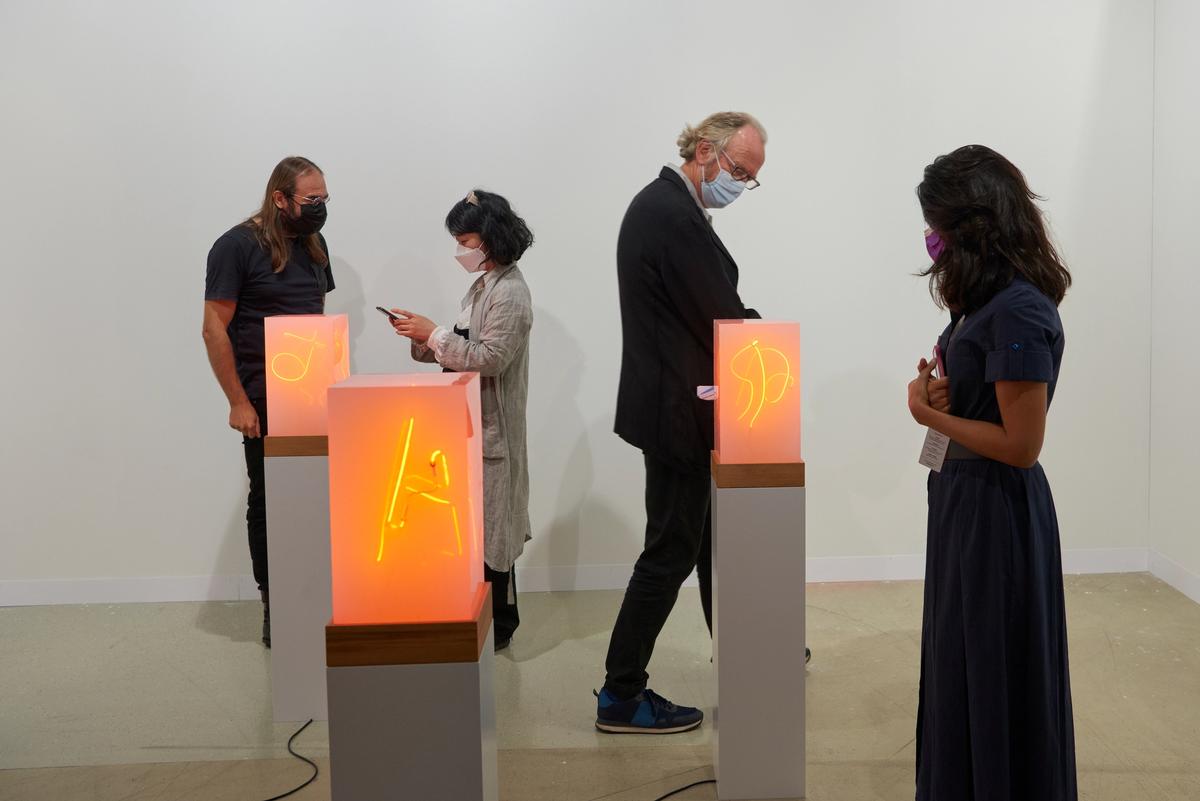In the midst of Art Basel last week, Marek Claassen points Limna, his AI-powered mobile art advisory app, at a Conny Maier painting on Johann König's booth.
According to Limna, the app Claassen ivented, the painting should fairly be priced at €4,500.
But König was selling Maier’s painting for more than three times that.
“It should be one third of that price,” Claassen tells the gallerist.
Johann König, a friend and supporter of the app, shrugs his shoulders in response. “What can I tell you?” he says. “Lots of people want to buy the painting. I have more buyers than I can handle.”
“Johann is the only dealer who has the courage to allow Limna in his booth,” Claassen says.
Limna, Claassen says, is the first app to apply machine learning algorithms to estimate the price of a work of art.
The app, he says, can instantly scrape all available information on an artist from across the breadth and depth of the internet, from auction prices to curatorial interest to social media hits to media column inches, after the image has been scanned on a phone’s camera.
Claassen soft-launched Limna this summer before rolling it out at Art Basel. The app already holds information from 700,000 artists from 1863 through to the present day. The data had been compiled via AI analysis of over 1,000,000 exhibitions and 45,000 institutions.
The app ultimately aims to catalogue the existence and price of virtually every work on sale. By making the information publicly available, Limna, if it works, promises to provide impartial price transparency in the art market—an ambitious claim.
For a nervous collector worried about making a bad investment, or being ripped off by a predatory dealer, Limna positions itself as something of an art fair Holy Grail.
“Lack of access to prices is the reason people who want to buy art don’t buy art,” Claassen says. “Limna removes that barrier.”
In 2016 the art market entrepreneur Magnus Resch launched Magnus, a comparable platform released to much fanfare before quietly folding. When asked about Magnus, Claassen insists Limna is a different proposition.
“Magnus was a Shazam for art,” Claassen says. “You would take a photo of an artwork and you’d get back a title alongside some auction data. With Limna, we don’t just identify an artwork, we identify an AI-powered price estimate. That’s never been done before.”


